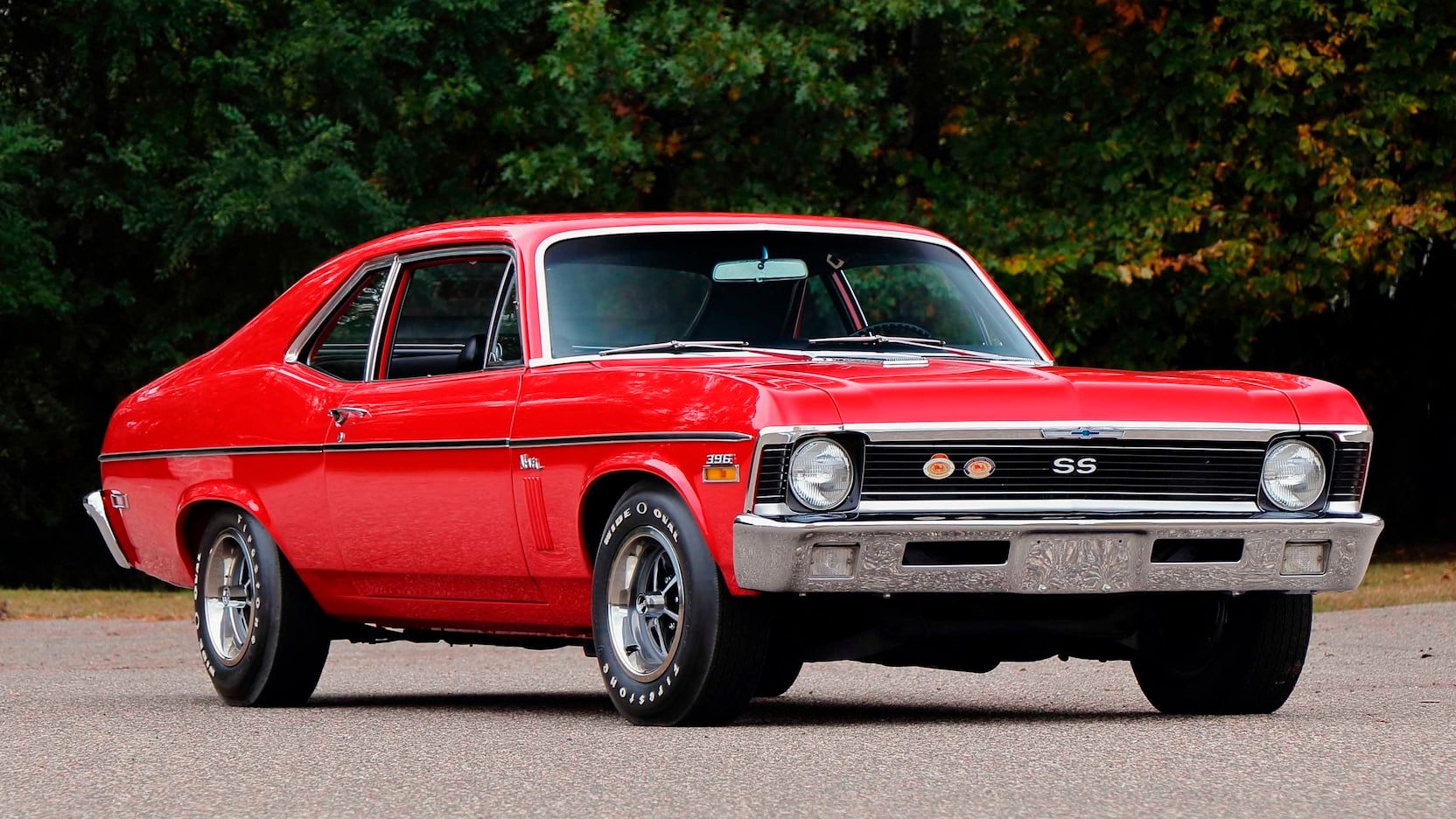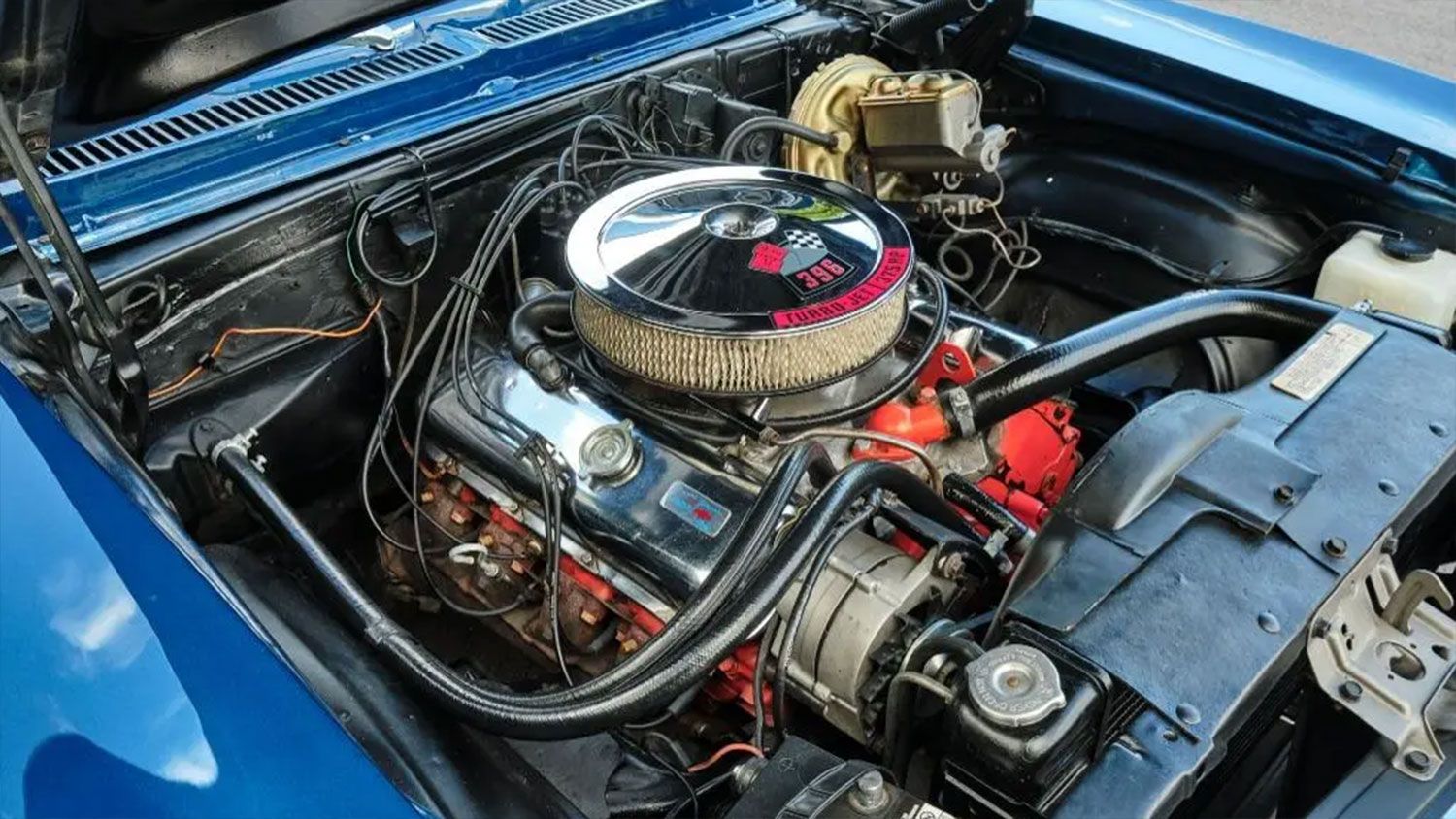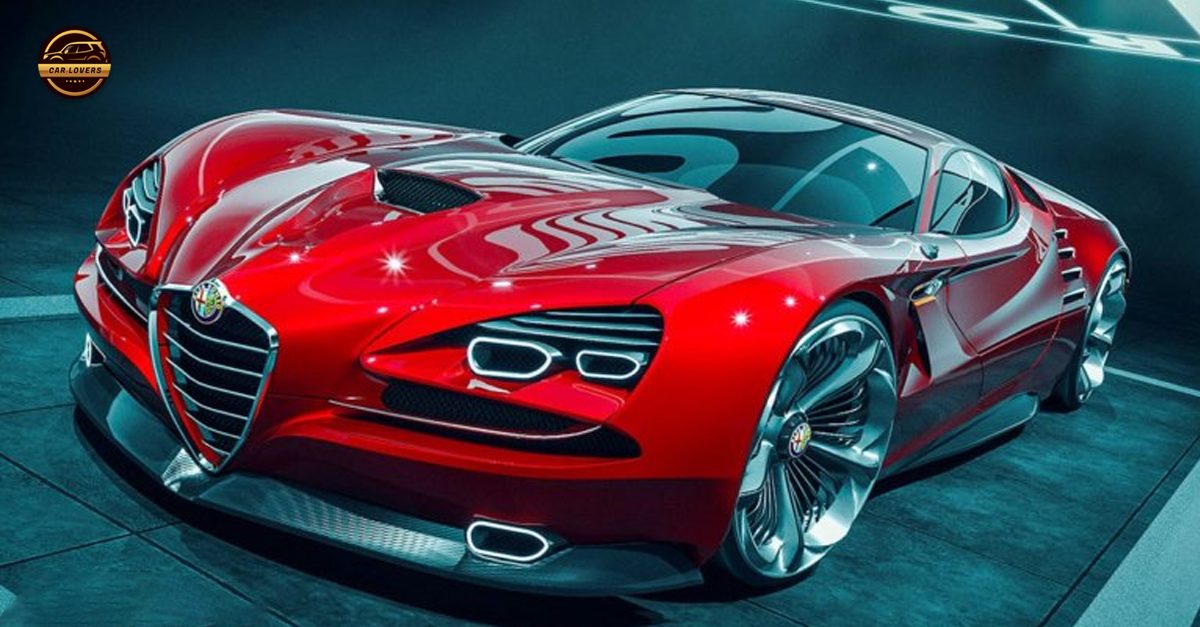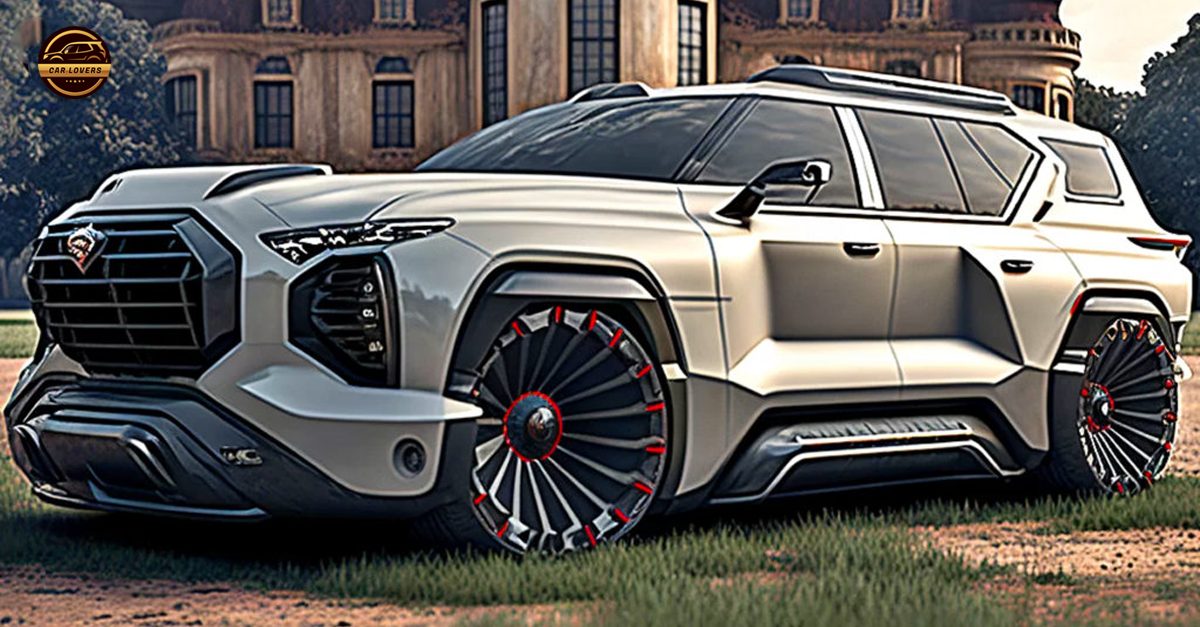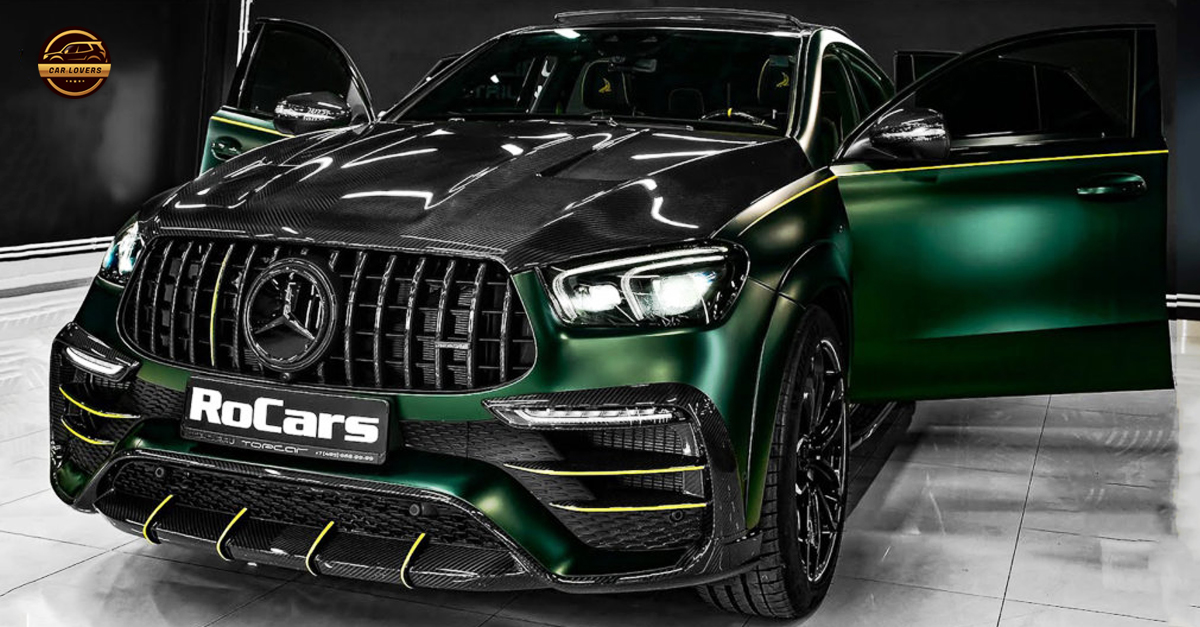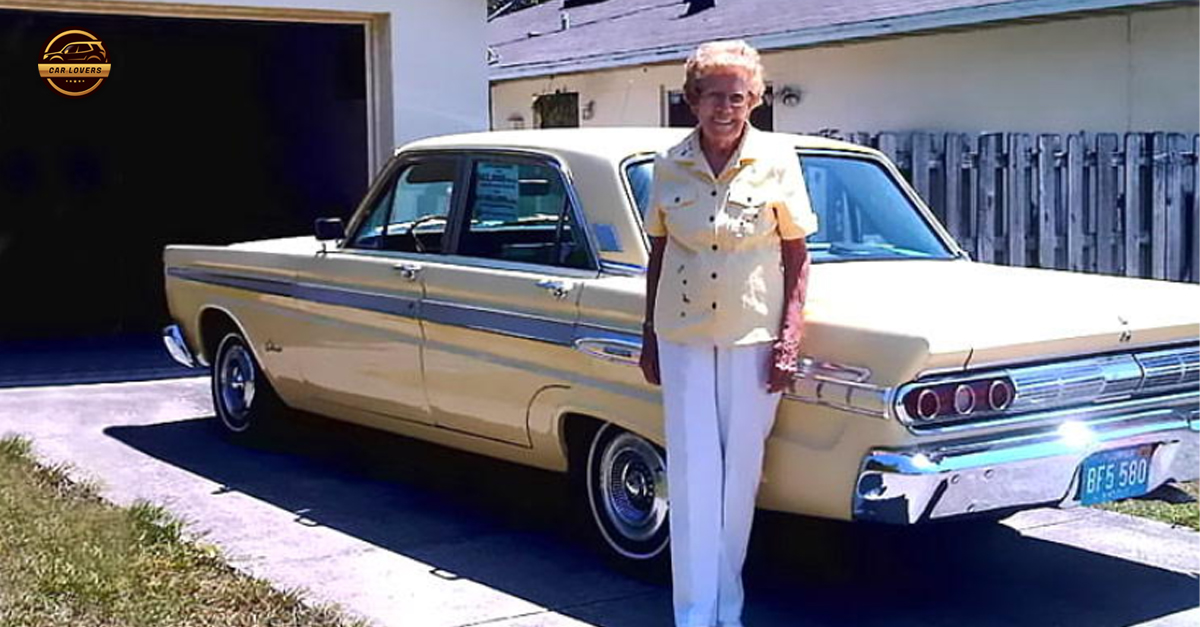Find out exactly why the Super Sport version of the classic Chevy Nova remains an ever-increasing staple of the muscle car realm.
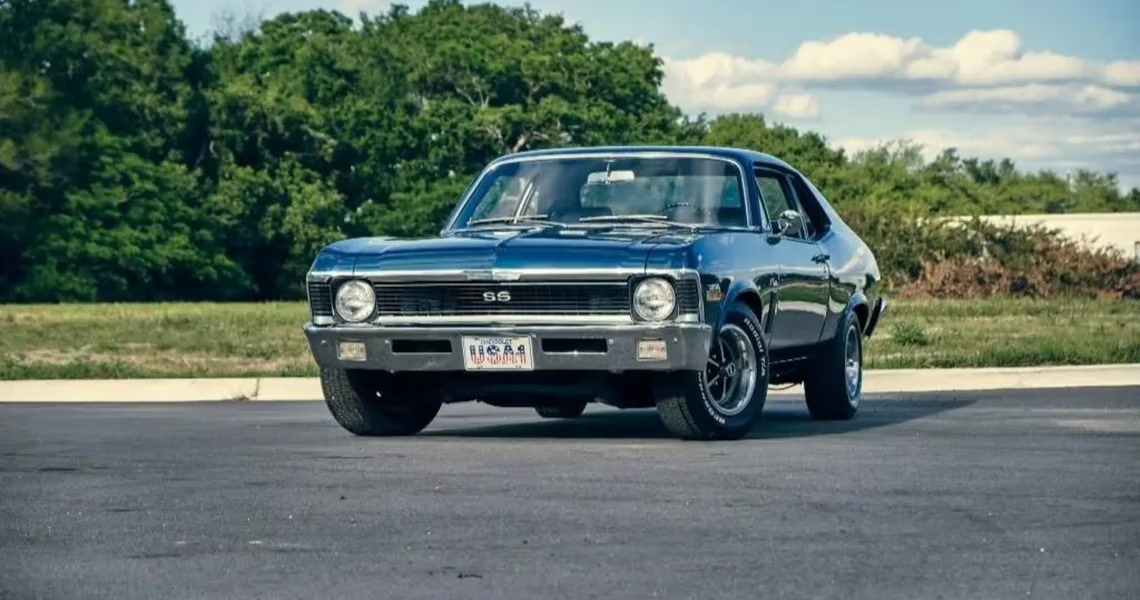
When it comes to muscle cars, the Chevy Nova SS can be considered something of an underdog. When the Nova first received its Super Sport package in 1963, the muscle car wars hadn’t exactly taken off properly by this point. Not long after, the athletic compact soon found itself holding its ground to more upscale machines of later years, like the Pontiac GTO, Dodge Charger, and the Shelby GT500KR.
Nonetheless, the Nova SS was honestly a far less attractive option. Although the decades have certainly been kind to the Nova as a whole, during a strong portion of its run, these cars were mostly just basic transportation and some of the lowest models offered by Chevrolet. However, the Nova certainly had potential. With its overall, smaller size, these cars had a substantial weight advantage over a lot of the larger, burlier muscle cars of the late 1960s and beyond.
Furthermore, the size of the engine bays had left the door wide open for experiments with engine blocks of various displacement, making the SS version of the Nova a prime contender at the drag strip.
How The Chevrolet Nova SS Got Off To A Slow Start
To tell the tale of the Nova SS, it’s important to first start with the Corvair. By the early 1960s, Chevy’s Corvair lineup of rear-engined, air-cooled, compacts was beginning to show a certain sense of distinction among American buyers. Although these cars were innovative, the inherent weirdness of the platform itself seemed to sway a good bit of potential customers. Mechanically speaking, the Corvair had much more in common with a Volkswagen Beetle than it did with virtually any other domestic car on the market during this time (or since). The Corvair’s handling characteristics were also a bit odd from what a lot of Americans had been used to by this point in time. Although it would take until 1965 for Ralph Nader’s damning report on the model’s safety, Unsafe At Any Speed, to debut, General Motors was already scrambling to add a much more conventional compact to the Chevrolet lineup.
Their answer was the Chevy II of 1962; a car that, to be honest, was ultimately the GM version of a Ford Falcon. The two bore a striking resemblance to one another, although FoMoCo had laid their stake in the ground first, debuting the Falcon for the 1960 model year. Nonetheless, the Chevy II still proved to be an excellent option for the buyer that wanted a Chevrolet compact, but was a bit apprehensive about doing so with an engine sitting behind the rear axle. Technically speaking, the Nova’s namesake came into play in 1962, as a top-level trim package, dubbed the Chevy II Nova 400. The coveted Super Sport versions of which wouldn’t hit the asphalt until a year later, however, these early SS Novas were merely a visual accessory package and not much else. Truth be told, the Nova didn’t even offer a V8 option in 1963 for the SS, and the package essentially consisted of some slick-looking hubcaps, wider fender moldings on the side of the body, wider tires underneath which, some SS badges, and not much else. Available in both coupe and convertible, the 1963 Nova SS cost an additional $161 to the customer (around $1,476 in today’s money), but its mightiest engine option consisted of a utilitarian, 194ci. straight-six that churned out an unceremonious 120bhp. Even for a smaller car, serious work would be needed to actually make these early Novas perform.
The Chevrolet Nova SS Takes Its Ultimate Form
By 1964, the Chevy II Nova became the host of its first V8, which consisted of the 283ci. small-block that had first debuted in 1957. The initial output was rated at 195bhp, though this figure would soon be raised up to 220bhp, which placed the early Nova SS models within the same realm as the original iteration of the Ford Mustang. Meanwhile, while the Mustang’s strikingly good styling cues were quickly making it one of the best-selling cars in the world, the Chevy II Nova SS had still shown its intentional resemblance to the Ford Falcon, the mundane compact in which the Mustang had been upon. A redesign in 1965 helped to differentiate the two, but the Nova would really find its proper identity a few years later.
The third-generation Nova was first laid out for the 1968 model year, and quickly became one of the most sought after iterations of the classic, Chevy compact. A year later, the Chevy II moniker was dropped, leaving this entire lineup to labeled simply as the Nova, thus minimizing further confusion. For the Super Sport variants, this period from 1968-1972 saw some of the best examples of the breed. A variety of engine choices helped fuel the performance flair of the Nova SS, starting out with the L48 350ci. small-block, which churned out a respectable 300bhp. A few rungs up the ladder brought forth the L34 and L78 variants of the 396ci. big-block, which yielded 350bhp and 375bhp. Considering the Nova’s relatively lighter weight, these cars were absolute rockets at the drag strip. With horsepower that rivaled the larger, burlier muscle cars of the late 1960s, the smaller Novas could easily hold their own throughout the ensuing muscle car wars. Although the L78 had been the largest engine that General Motors allowed in the Nova SS, legendary dealer Don Yenko took things a step further with his own creations, utilizing the COPO (Central Office Production Order) program to have 40 Nova SS units fitted with the L72 427ci. V8. These engines had been rated at 425bhp and 460 lbs-ft of torque, although these figures are suspected to be a bit larger. With only 40 Yenko S/C Novas ever built, these quickly became some of the most sought after examples of the breed.
Why Gearheads Should Consider Buying a Chevrolet Nova SS: The Final Days Of The Iconic Model
1970 would be the last year in which Chevrolet offered a 396 in the Nova, showing a peak of performance that would soon subside through the ensuing malaise era. By 1973, another redesign had taken wind, although the majority of the cars looked very much similar to their earlier counterparts. The Nova SS would continue onward for this model year, although this version was offered as merely an appearance package that included heavy-duty suspension, with little else to offer before the Super Sport Novas fizzled out of the spectrum soon afterward.
In the modern world, the 1968–1971 versions of the Nova SS are among the most desirable, due in part to their drivetrain options and styling. If you’re in the market for one, do so wisely, as countless clones have been produced using cheaper, lower-end trim levels as a basis. Still, with prices reaching nearly $50,000 for a decent Nova SS from the late 1960s, it could be substantially cheaper (and easier) to simply purchase one of these lower-end versions. Especially considering that so many of which have been modified to easily exceed the performance potential of their authentic SS siblings. Nonetheless, caution is still key, as several older Novas are also rising in value for this very reason. Additionally, these cars’ popularity with drag racing has resulted in several of which showing damage from such abuse.

